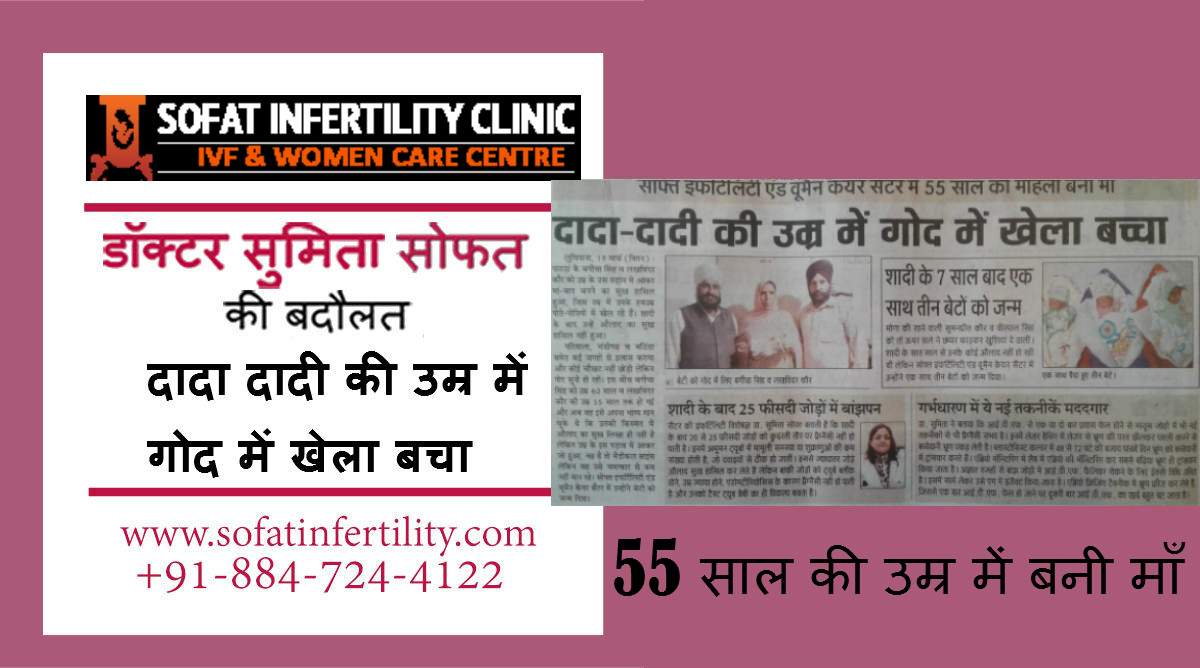- A common problem
Although we may think that infertility is not a common phenomenon, the figures state otherwise. According to IVF center in India,it affects 1 in every 6 couples if we consider the figures given by the researchers. 40 % chances are that the fault lies with the woman, and 40 % with the man. 20 % chances are that infertility is due to both the male and the female.
- Conventional procedure of IVF is a long one
IVF involves the collection of eggs from the woman’s body and implanting the fertilized egg in the woman’s body again. The woman’s ovulation process is stimulated for the egg collection process. This involves taking medication and getting scanned before the collection can be done. Post collection, the couple is required to come to the clinic again for the embryo transfer. The whole process may stretch up to 4-5 weeks. Shorter versions of IVF are also available, which are described further.
- IVF is of different types
There are many variations to the conventional IVF. Natural IVF is carried out without using any stimulating drugs. Natural Modified IVF requires usage of drugs for 3-4 days. Mild or mini IVF makes use of IVF drugs for 5-9 days. These types of IVF do not modify the natural course of menstruation as they are carried out within the cycle.
- The cost may be much more than the cost of the IVF cycle
Many people commit the mistake of considering the cycle cost as the cost of the treatment. The fact is that the cycle cost contains only the costs related to scans, egg collection, embryology, and embryo transfer. There are many other procedures which account for costs like blood tests, medicines and additional techniques, which vary from individual to individual. Sedation may also come at a cost not included in the general break up. It is recommended that you ask the clinic to hand over the complete breakup of the process in clear terms.
- Its success depends on the age
The success rate of the treatment depends on the age of the female. The ideal age, when the fertility of the female is at its peak is before 35. After this age, it starts declining and plummets further by the time the female is 40. The number of eggs produced as well as the quality of eggs deteriorates with time. The age of the male partner is also to be considered, although it is less unstable. With time, the quality and quantity of the sperms decline and may lead to the failure of the process. So it is better to opt for IVF as soon as possible.
- Don’t get misled by the figures
Success rates can be misleading.Women who are old, or have a low egg reserve are considered ineligible for the treatment. Many of them might be turned down to gynaecological problems. So look carefully at what the clinic is considering when it publishes its figures.
- It’s not a one cycle treatment
A couple rarely conceives after a single cycle. With a 35% average success rate, most of the patients have to undergo multiple cycles for a successful pregnancy. Research further shows that the success rates increase with the increase in a number of cycles. The figures are estimated to be 65% after 6 cycles of treatment.








